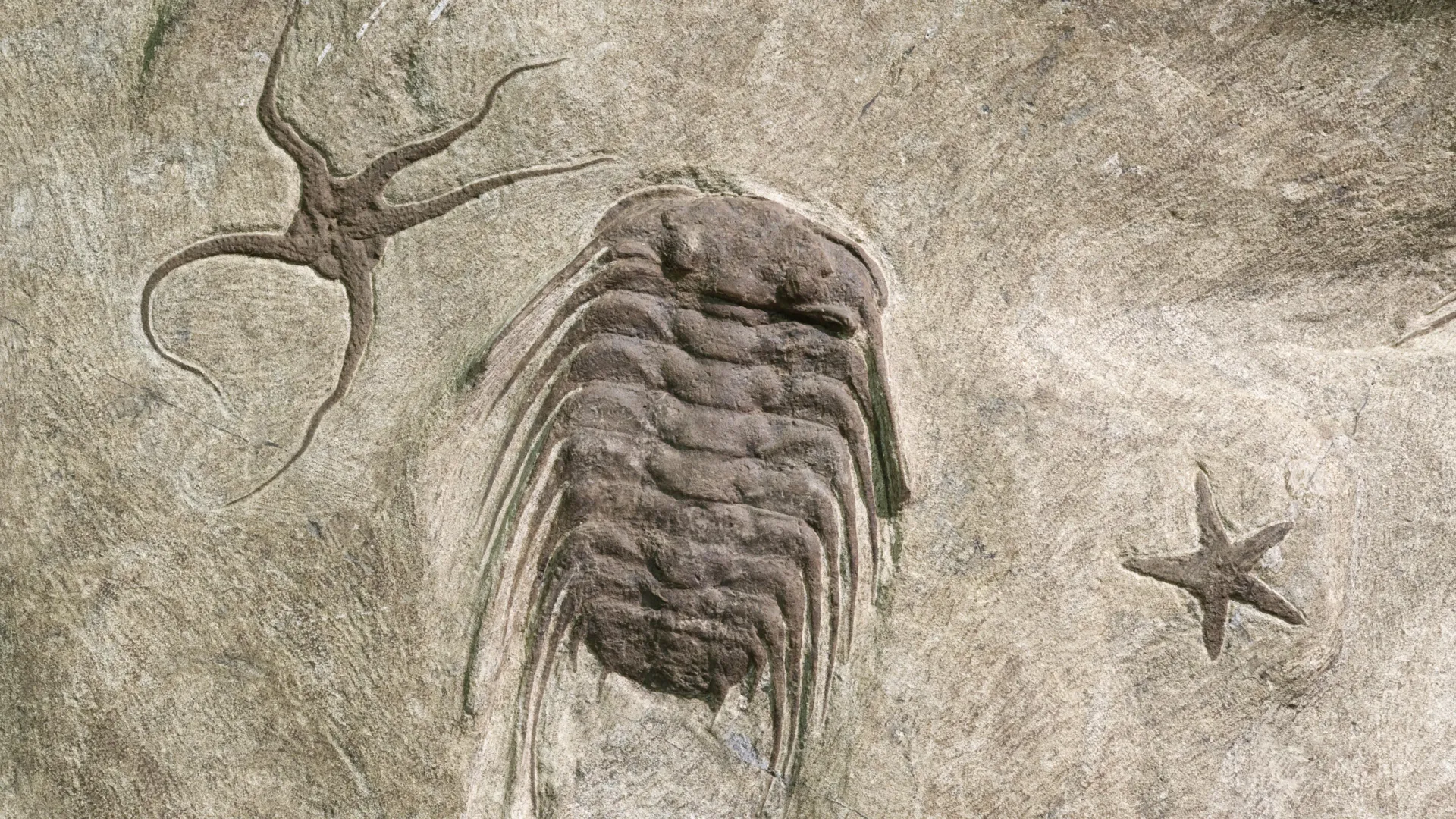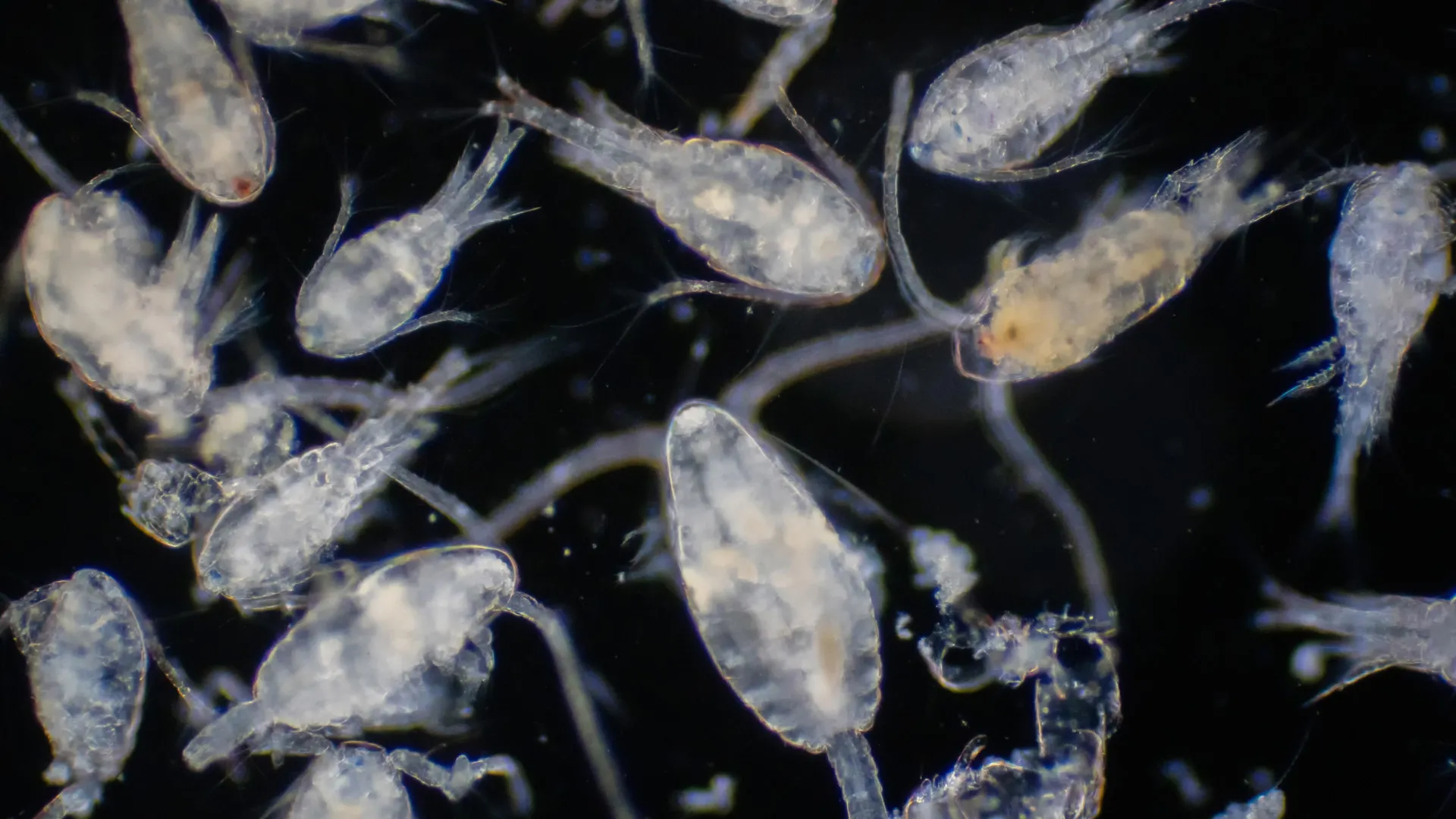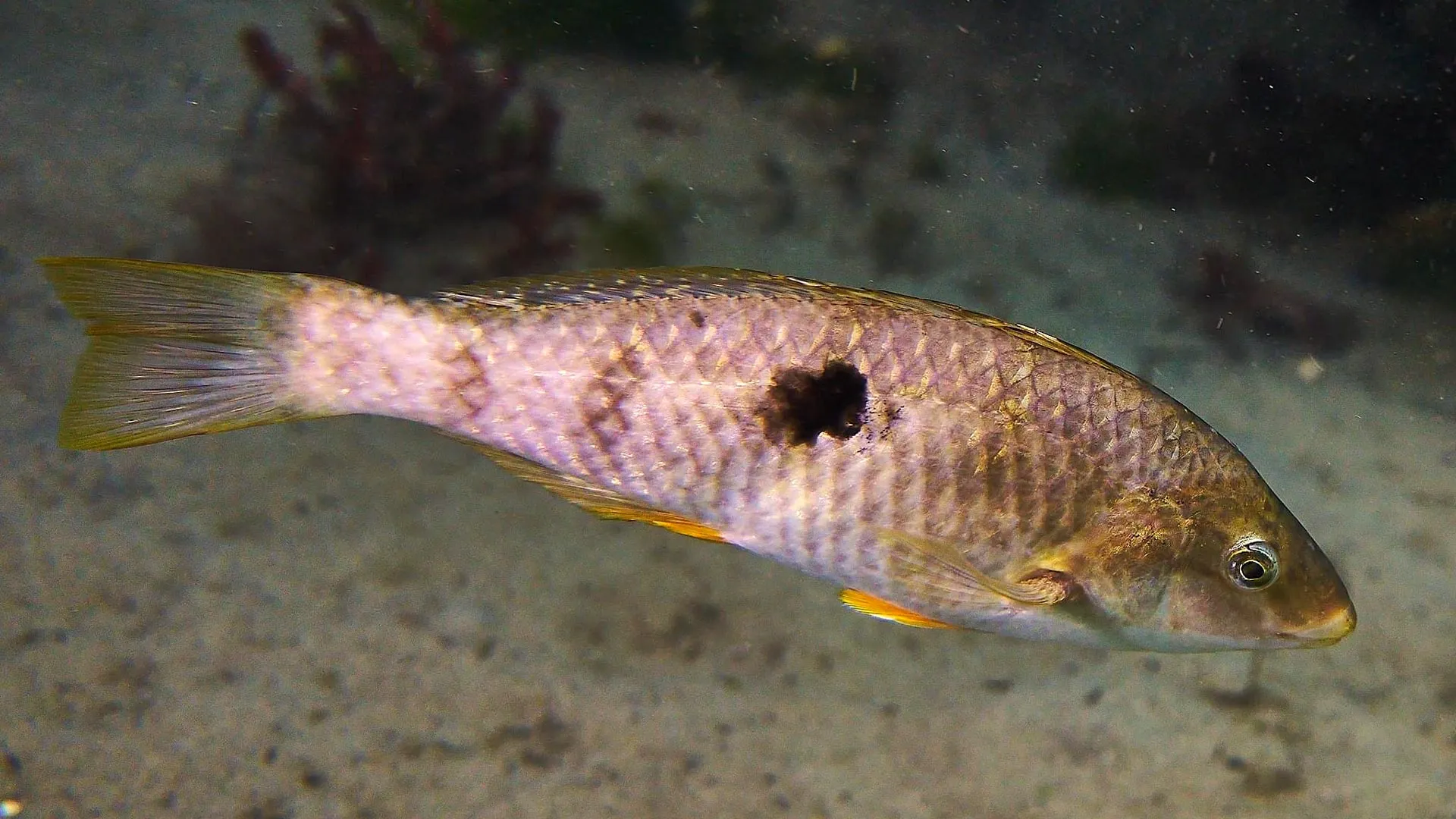Now Reading: 545-Million-Year-Old Fossils Redefine Evolution Timeline
-
01
545-Million-Year-Old Fossils Redefine Evolution Timeline
545-Million-Year-Old Fossils Redefine Evolution Timeline

Quick Summary
- Teh Cambrian explosion, a key event in evolution (530 million years ago), led too the emergence of most current animal body plans.
- A new study published in Geology suggests the Cambrian explosion may have occurred millions of years earlier than previously estimated.
- Researchers Olmo Miguez Salas from the University of Barcelona and Zekun Wang from London’s natural History Museum analyzed trace fossils, which are fossilized activity marks left by organisms.
- Trace fossils provide insights into behaviors and ecological conditions during early evolutionary periods when soft-bodied fauna were dominant.
- The Ediacaran-Cambrian transition marked significant biodiversity changes, with multicellular soft-bodied organisms giving way to hard-part-bearing forms like exoskeletons-foundational for modern animal phyla.
- quantitative findings reveal complex locomotor traits appearing around 545 million years ago. These early animals likely had segmented bodies, directional movement capabilities, sensory abilities, and ecological adaptability.
- Scaling laws used to analyze Ediacaran-cambrian locomotion traces suggest evolutionary innovations before the traditionally accepted timeline for the Cambrian explosion.
Indian Opinion Analysis
The discovery that key features of complex multicellular life may have evolved earlier than previously thoght has profound implications for understanding life’s history. India’s geological landscapes-hosting many ancient rock formations-could attract researchers investigating correlations between local fossil records and broader global studies on pre-Cambrian life. This innovation in quantitative analysis helps redefine evolutionary timelines and could spark global interest in studying Earth’s earliest origins more deeply.
India’s scientific community might gain new opportunities for collaboration in paleontology if similar methodologies are applied domestically. Additionally, deeper insights into these transitional phases could enrich global perspectives on biodiversity patterns over millennia-a subject increasingly relevant given current concerns about species extinction amidst climate change. Such research highlights nature’s resilience and adaptability across planetary shifts-a narrative that resonates universally with present-day environmental challenges.
























